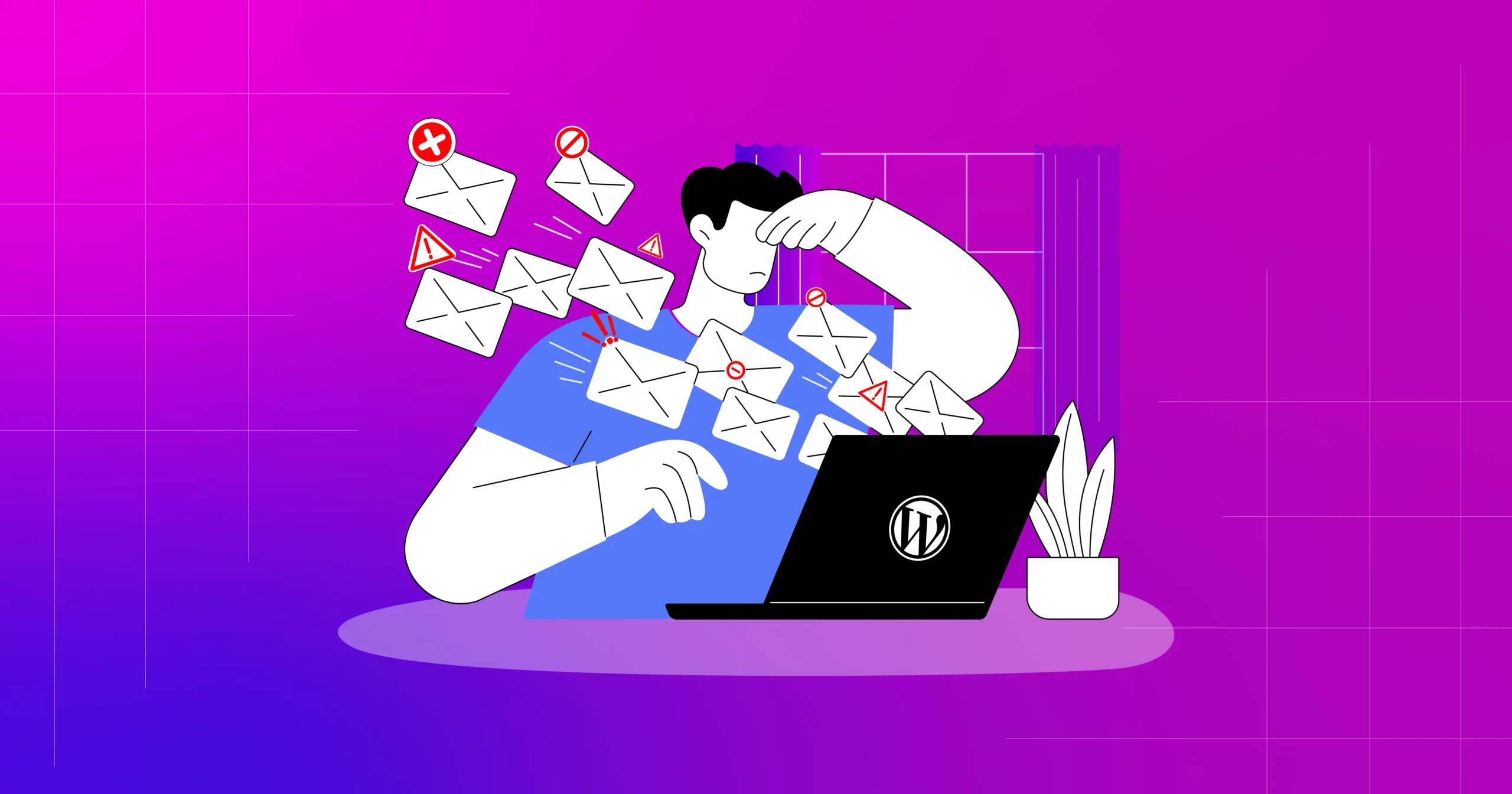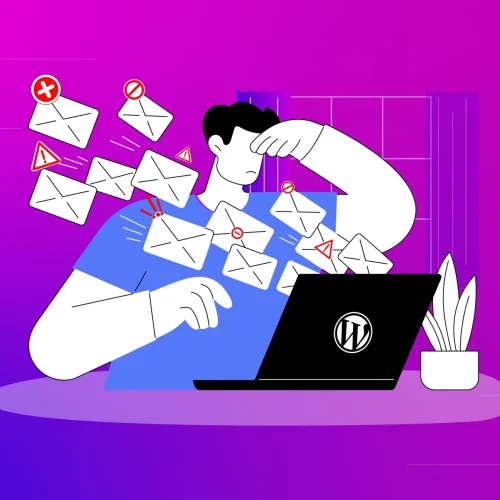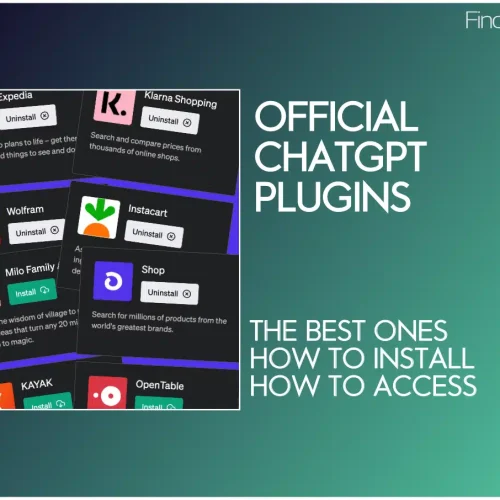In the world of digital communication, email is a powerful tool. It’s the backbone of professional communication, marketing campaigns, and much more. But what happens when your carefully crafted emails stop reaching your audience? The culprit could be an email blacklist. In this article, we’ll dive deep into what an email blacklist is, why it matters, and how you can avoid it. So, let’s get started!
What is an Email Blacklist?
The Basics of Email Blacklisting
Imagine sending out a batch of emails and discovering that a significant portion of them never made it to the inboxes. Instead, they were filtered out by spam detectors. That’s where email blacklists come into play. An email blacklist is essentially a database of IP addresses or domains known to send spam. If your email server’s IP address or domain is on one of these blacklists, your emails may be blocked or sent directly to the spam folder.
How Do Blacklists Work?
Email blacklists operate by monitoring email traffic for patterns associated with spam. When an IP address or domain is flagged for sending large volumes of unsolicited emails, it gets added to a blacklist. Internet service providers (ISPs) and email services then consult these blacklists to filter incoming emails. If your IP or domain is on the list, your emails might never reach their intended recipients.
Why Does Email Blacklisting Matter?
Impact on Email Deliverability
Email deliverability is critical for any business relying on email communication. When your domain or IP is blacklisted, your emails won’t reach the inbox. This can lead to a significant drop in open rates, customer engagement, and even revenue.
Harm to Brand Reputation
Being blacklisted doesn’t just affect your email campaigns; it can also harm your brand’s reputation. Customers who don’t receive your emails may think you’re ignoring them, or worse, that your company is untrustworthy. It’s a quick way to lose customer trust.
Common Causes of Email Blacklisting
Sending Unsolicited Emails
One of the fastest ways to get blacklisted is by sending unsolicited emails, also known as spam. This includes purchasing email lists and sending bulk emails to people who haven’t opted in. Not only is this practice unethical, but it also increases the chances of recipients marking your emails as spam, which can lead to blacklisting.
Poor List Management
If you’re not regularly cleaning your email list, you might be sending emails to invalid or inactive addresses. High bounce rates and low engagement can trigger spam filters and result in your IP being blacklisted.
High Complaint Rates
When recipients mark your emails as spam, it sends a signal to email providers that your content isn’t welcome. A high number of complaints can quickly land you on a blacklist.
Low-Quality Content
Emails that are poorly written or designed, filled with spammy keywords, or contain too many links can also trigger spam filters. Always focus on providing value to your recipients with high-quality, relevant content.
How to Check if You’re Blacklisted
Tools for Checking Blacklist Status
There are several tools available online to check if your IP address or domain is blacklisted. Some popular options include MXToolbox, Barracuda Central, and Spamhaus. Simply enter your IP address or domain name to see if it appears on any major blacklists.
What to Do if You’re Blacklisted
If you discover that you’ve been blacklisted, don’t panic. The first step is to identify the cause of the problem. Look at your recent email campaigns, list management practices, and content. Once you’ve addressed the issues, you can contact the blacklist provider to request removal.
How to Avoid Getting Blacklisted
Best Practices for Email Sending
Avoiding blacklists is all about following best practices. Start by only sending emails to people who have opted in. Use double opt-in processes to ensure that your recipients genuinely want to hear from you.
Keep Your List Clean
Regularly clean your email list by removing inactive subscribers and bounced email addresses. This will help you maintain a healthy sender reputation and reduce the chances of being blacklisted.
Focus on Quality Content
Always prioritize quality over quantity. Send emails that are relevant, valuable, and engaging. Avoid using spammy keywords and ensure that your emails are well-designed and easy to read.
Monitor Engagement Rates
Keep an eye on your email engagement metrics. High open rates, click-through rates, and low bounce rates are indicators of a healthy email campaign. If you notice a drop in these metrics, it might be time to review your email strategy.
Implement Authentication Protocols
Email authentication protocols like SPF, DKIM, and DMARC can help protect your domain from being used in phishing or spoofing attacks. These protocols also signal to email providers that your emails are legitimate, reducing the chances of being blacklisted.
The Role of ISPs and Email Providers
How ISPs Use Blacklists
ISPs and email providers rely on blacklists to filter out spam and protect their users. They use sophisticated algorithms to analyze incoming email traffic and determine which emails should be blocked or filtered.
Building a Good Relationship with ISPs
To avoid getting blacklisted, it’s essential to build a good relationship with ISPs. This means following email best practices, maintaining a clean list, and providing valuable content. The better your sender reputation, the less likely you are to be blacklisted.
What to Do If Your Emails Are Still Going to Spam
Troubleshooting Email Deliverability Issues
If your emails are still going to spam despite not being blacklisted, there could be other issues at play. Check your email content for spammy elements, ensure that your sending domain is properly authenticated, and review your email frequency.
Consider Using a Dedicated IP
If you’re sending a high volume of emails, consider using a dedicated IP address. This gives you more control over your sender reputation and can reduce the risk of being blacklisted.
The Future of Email Blacklisting
Evolving Spam Filters
As technology advances, spam filters are becoming more sophisticated. This means that email marketers need to be more vigilant than ever. Staying informed about the latest developments in email security and deliverability is key to avoiding blacklists in the future.
The Role of AI in Email Filtering
Artificial intelligence is playing an increasingly significant role in spam filtering. AI algorithms can analyze vast amounts of data to detect patterns associated with spam. As these technologies evolve, they will become even more effective at preventing spam, making it even more critical for marketers to adhere to best practices.
Email blacklisting is a serious issue that can have a significant impact on your business. However, by following best practices, monitoring your sender reputation, and providing valuable content to your recipients, you can avoid the pitfalls of blacklisting. Remember, maintaining a good relationship with ISPs and focusing on quality over quantity are key to ensuring that your emails reach their intended audience.
FAQs
- What is an email blacklist, and how does it affect my emails?
- An email blacklist is a database of IP addresses or domains known for sending spam. If you’re on a blacklist, your emails may be blocked or sent to spam folders, reducing your deliverability.
- How can I check if my IP or domain is blacklisted?
- You can use tools like MXToolbox, Barracuda Central, and Spamhaus to check if your IP or domain is blacklisted.
- What should I do if my emails are being blacklisted?
- Identify the cause of the blacklisting, address any issues in your email practices, and request removal from the blacklist provider.
- How can I avoid getting blacklisted?
- Follow email best practices, such as sending emails to opted-in subscribers, maintaining a clean list, and providing high-quality content.
- Why are my emails still going to spam even if I’m not blacklisted?
- Other factors, such as spammy content, lack of authentication, or issues with your sender reputation, could be causing your emails to go to spam.
This article was brought to you by FluentSMTP, your go-to solution for improving email deliverability and avoiding blacklists. Stay informed and stay connected!






